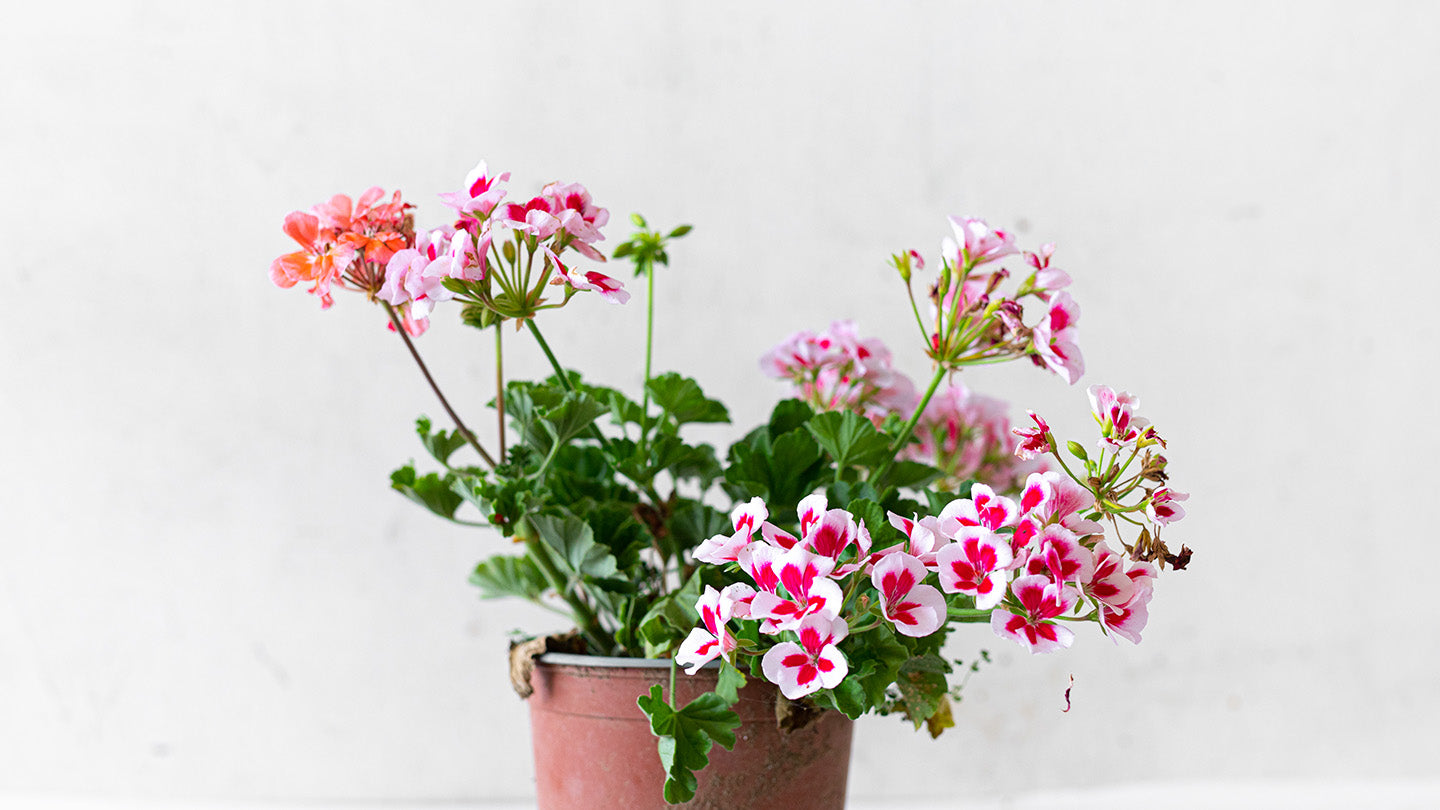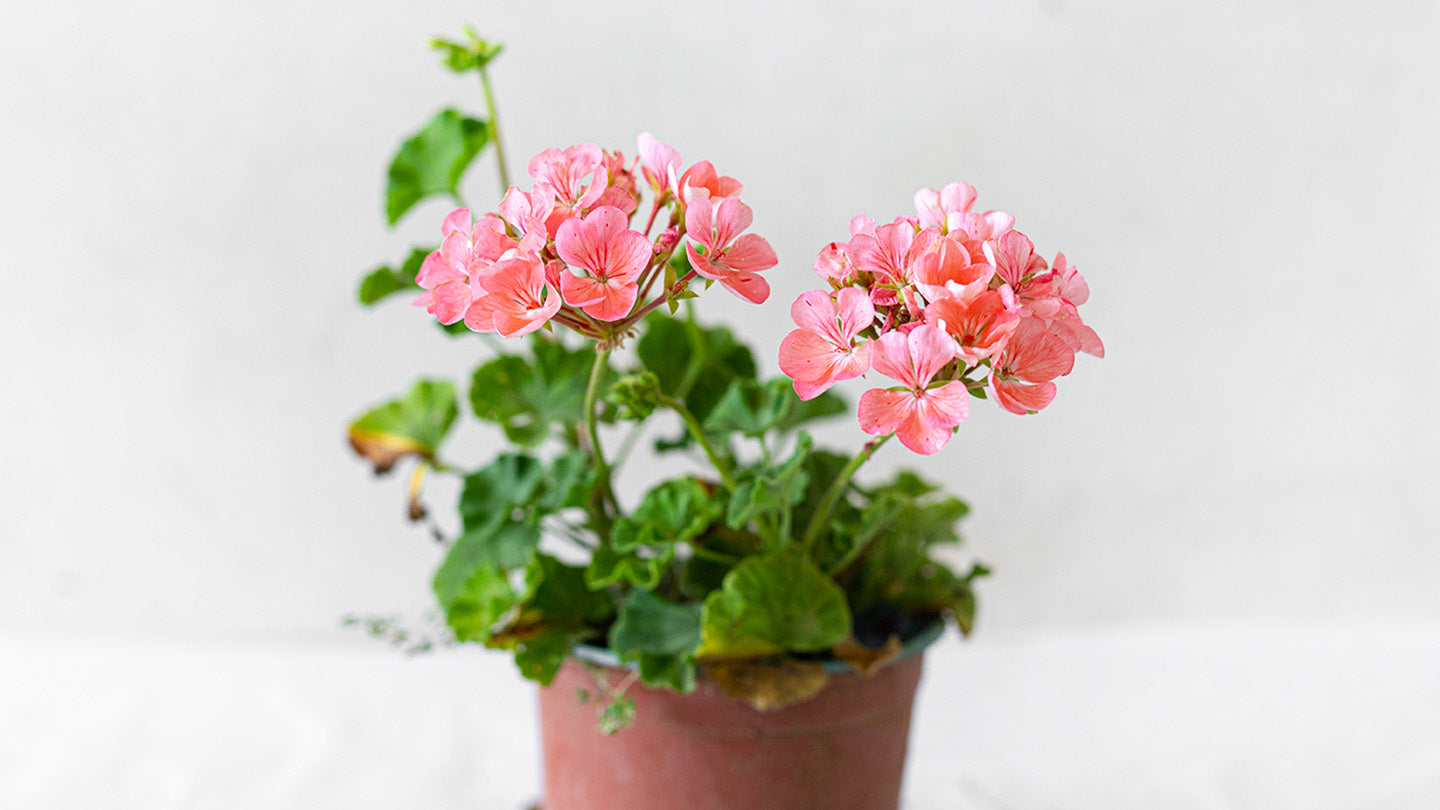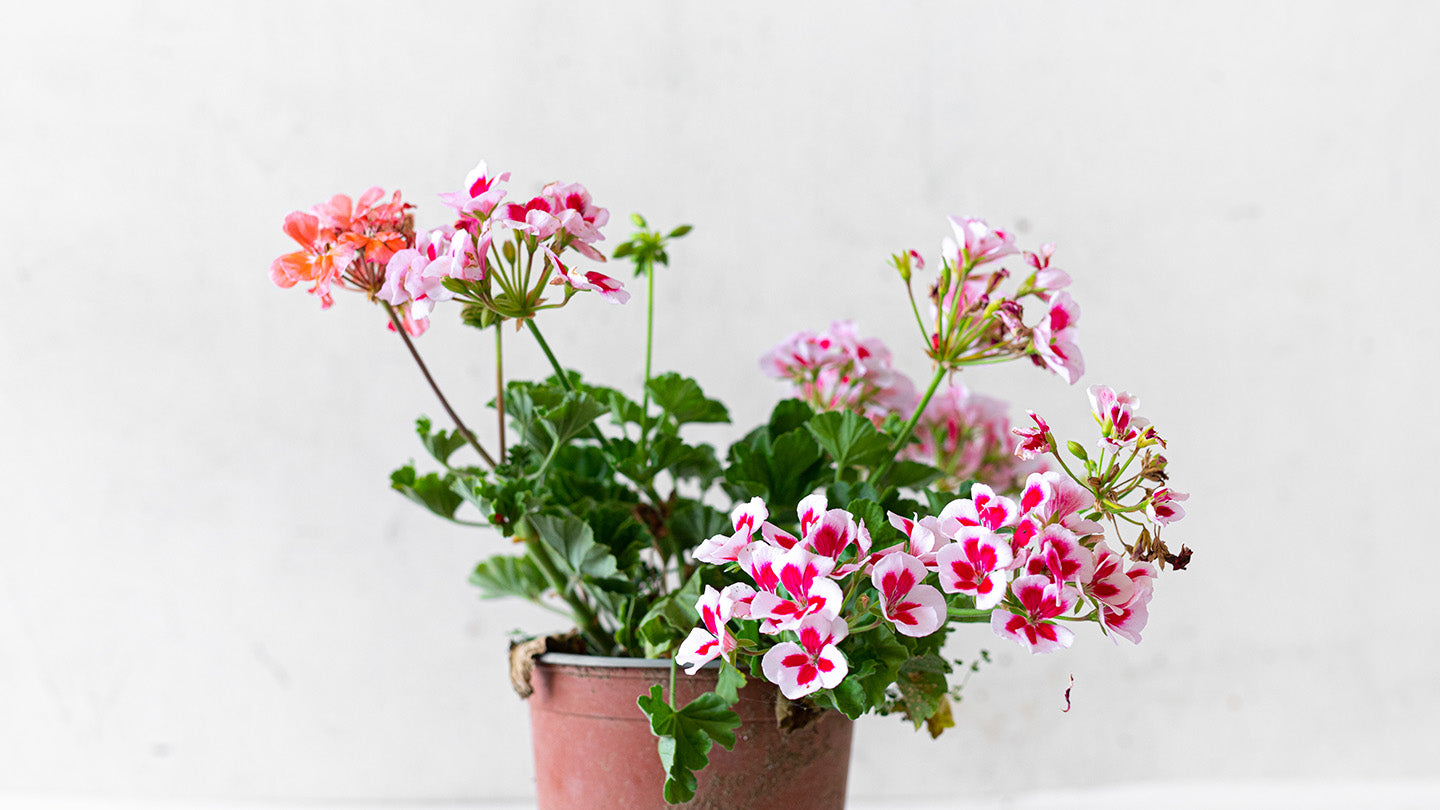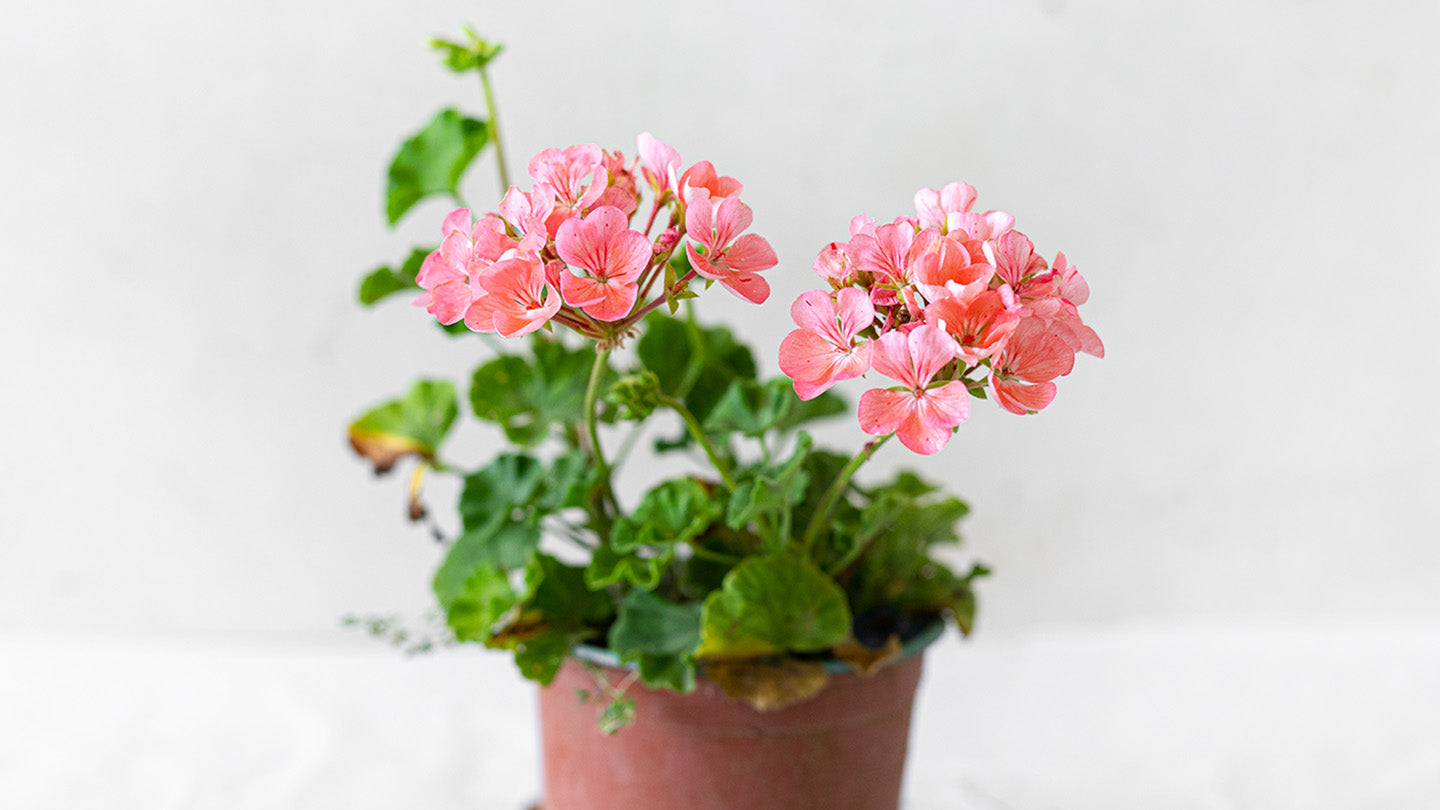cybloom
Cranesbills
Regular price
€6,00 EUR
Regular price
Sale price
€6,00 EUR
Unit price
per
Tax included.
Couldn't load pickup availability
Family: Geraniaceae
Origin: Although the pure species are popular garden plants, many of the named garden cultivars originate from hybrids achieved by crossing species within the genus.
The Size: 6–36 in. tall, 1–3 ft. wide
Growth: Shearing the plants back to basal growth will improve their look and encourage reblooming. The plants fill back in within weeks
Temperature & Humidity: Hardy geraniums grow best in daytime temperatures between 65 and 75 degrees Fahrenheit and nighttime temperatures between 50 degrees and 60 degrees. They tolerate a wide range of humidity levels, though mildew and rust can be a non-life-threatening issue in very humid regions.
Temperature & Humidity: Hardy geraniums grow best in daytime temperatures between 65 and 75 degrees Fahrenheit and nighttime temperatures between 50 degrees and 60 degrees. They tolerate a wide range of humidity levels, though mildew and rust can be a non-life-threatening issue in very humid regions.
Lightning: Hardy geraniums accept a wide range of exposure conditions. For the best flowering and most vigorous geranium plants, site them in full sun to part shade. If geraniums are grown in hot, full sun, provide regular water. Some varieties of geraniums can tolerate full shade, but they likely won't blossom as fully as those that have plenty of sun.
The Soil: Geraniums are not particular about soil pH, but a neutral to slightly acidic soil is ideal. Most prefer medium-moisture, well-drained soil, though some species prefer relatively dry soil.
The Soil: Geraniums are not particular about soil pH, but a neutral to slightly acidic soil is ideal. Most prefer medium-moisture, well-drained soil, though some species prefer relatively dry soil.
Watering: Geraniums are a low-maintenance plant, so water them only when the soil gets dry. If located in full sun, water the plant more frequently. Hardy geraniums can become prone to fungal disease if watered overhead.
Fertilizer: Unless the soil is very poor, hardy geraniums generally do fine with no feeding other than a yearly application of compost. Poor soils may require a spring feeding with a time-release balanced fertilizer.
Reproduction: Many hardy geraniums will self-seed very readily, even taking root in sidewalk cracks. They do not spread uncontrollably, though, so they are rarely a problem in the garden. The volunteer seedlings can be easily dug up and transplanted elsewhere. You can also collect seeds and plant them wherever you like in the garden, or in seed-starter trays. They are relatively slow-growing plants, though, and when started from seeds it can take as much as three to five years before they are mature enough to flower.
Features of Care: Generally speaking, though, hardy geraniums prefer well-drained, moderately rich soil. Most will do well in either full sun or part shade, but they like to be fairly dry—they can become prone to mildew if kept damp.
Plant hardy geraniums so that the crown of the plant is at ground level or slightly above.
Difficulties: Hardy geraniums are relatively trouble-free plants. Slugs may attack young geranium plants, while mildew and rust can infest foliage, especially in partial shade and/or humid climates. Shearing back and disposing of the infected leaves will help. To avoid mildew, give the plants plenty of space to improve air circulation, and water through ground soaking rather than overhead spraying. Mildew spores are spread from water splashing against the soil.




